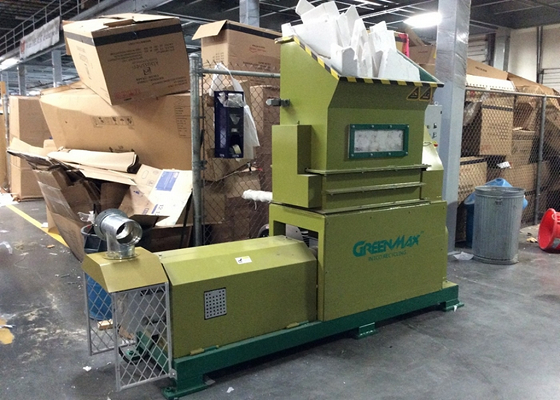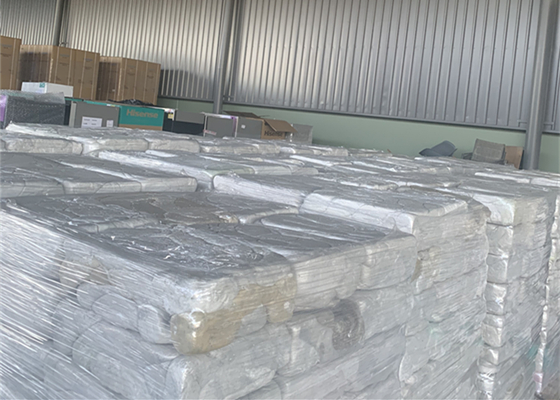styrofoam recycling budget can be effectively reduced in Minnesota with the styrofoam densifier
In April this year, Mankato, Minnesota, USA organized the first styrofoam recycling event to celebrate Earth Day. Local environmentalists arranged for a large truck to be parked at the Mankato Public Works Center. Filled with 53 cubic yards of expanded polystyrene foam, the truck will be driven to a recycling center in Hutchinson, where the material will be processed and sold for use in picture frames. Residents and business owners from each of those three towns are invited to bring up to a carload of clean Styrofoam, said Betty Winkworth of Mankato Area Zero Waste.
When styrofoam plastic waste refuses to be accepted into landfills, it typically scatteres on the ground, where it breaks down into beads that make their way into streams, lakes and oceans, where they are ingested by fish and other aquatic animals. There are indications that the microplastics that styrofoam breaks down into may be carcinogenic under certain conditions. Therefore styrofoam should be properly recycled.
.jpg)
Winkworth and her colleagues persuaded Mayflower-Kato Moving and Storage to donate a truck, and the three cities donated funds to pay for fuel, among other transportation costs. In fact, this is the most noteworthy point in the process of recycling styrofoam, and it is also the main link that is likely to cause waste of funds. It is precisely because of the special properties of styrofoam that many recycling stations will use styrofoam densifier to compress styrofoam first, which will save transportation costs and labor costs to a large extent. The compression ratio of Intco Recycling Styrofoam densifier can reach 90:1, so that unnecessary waste can be avoided. At present, hot melt technology can achieve the highest compression ratio, and it is also a recycling method recognized by most people.

In addition to providing styrofoam densifier, Intco Recycling provides a mature Styrofoam recycling solution to help completely solve the waste. We buy back the compressed styrofoam to make plastic particles, and finally make them into plastic frames and sell them around the world, truly realizing the reuse of resources.

